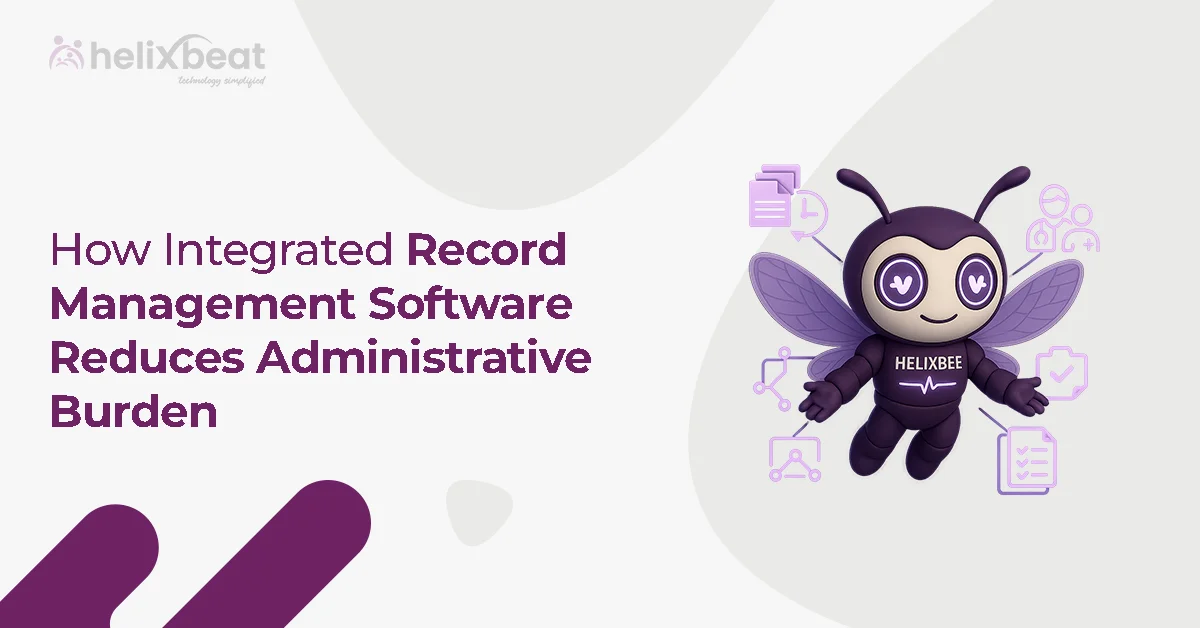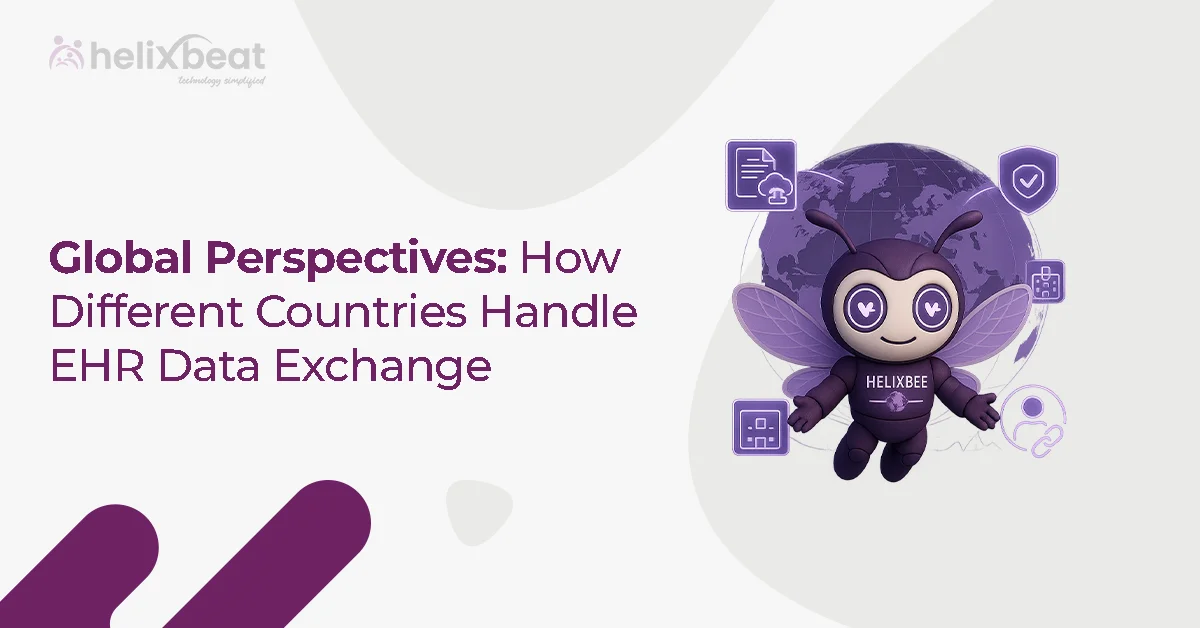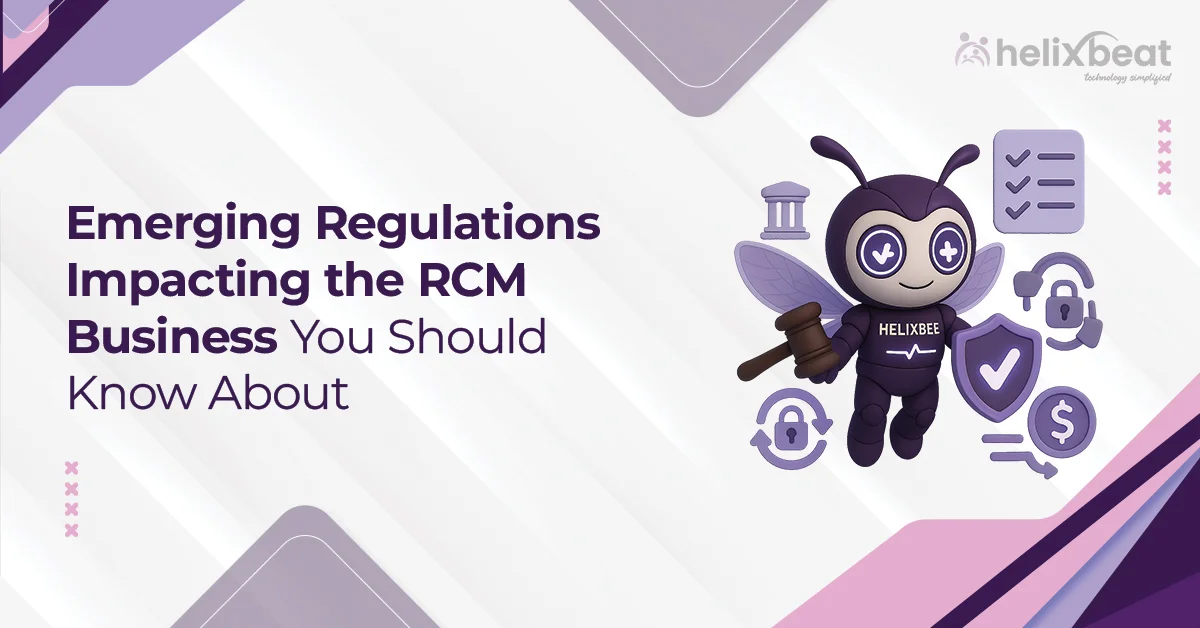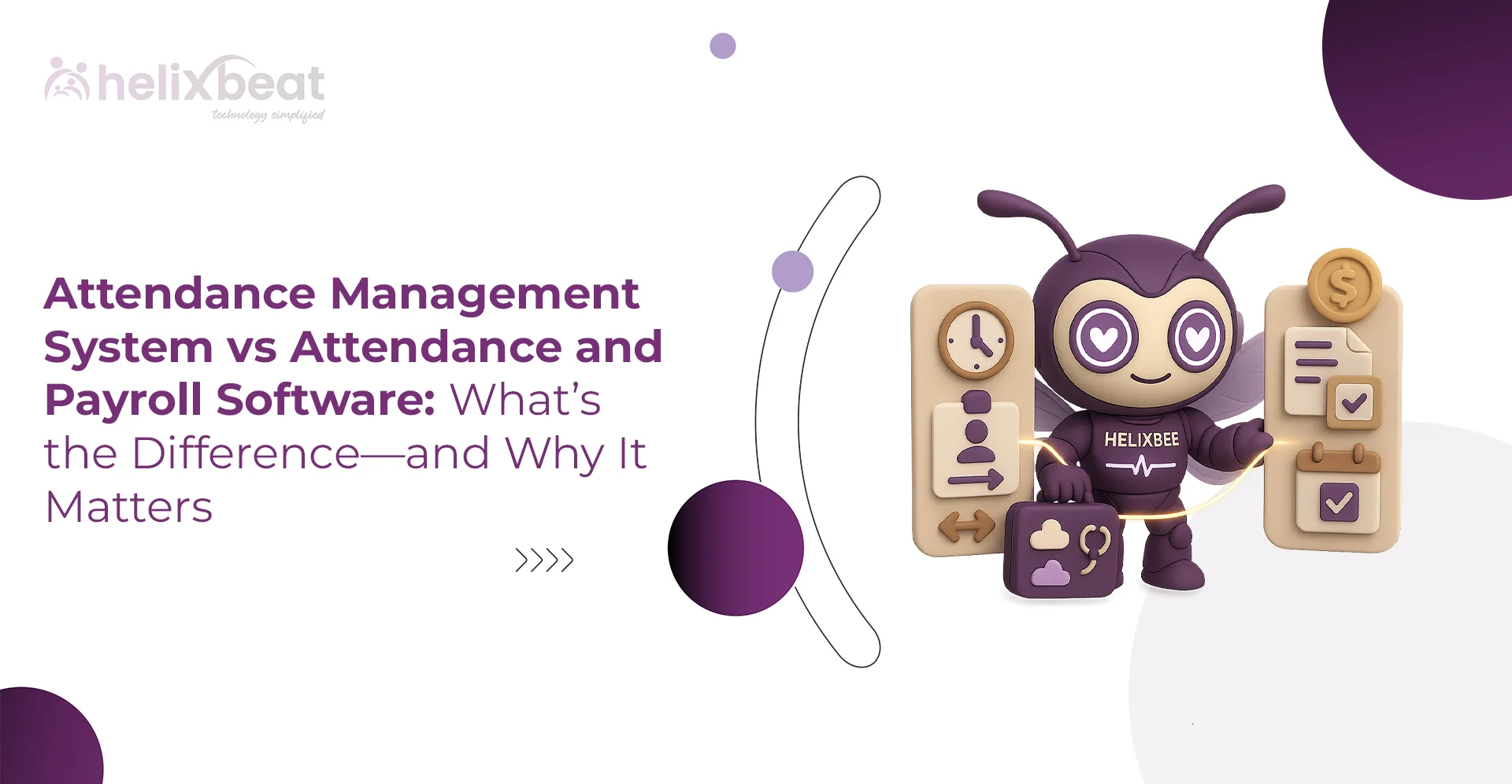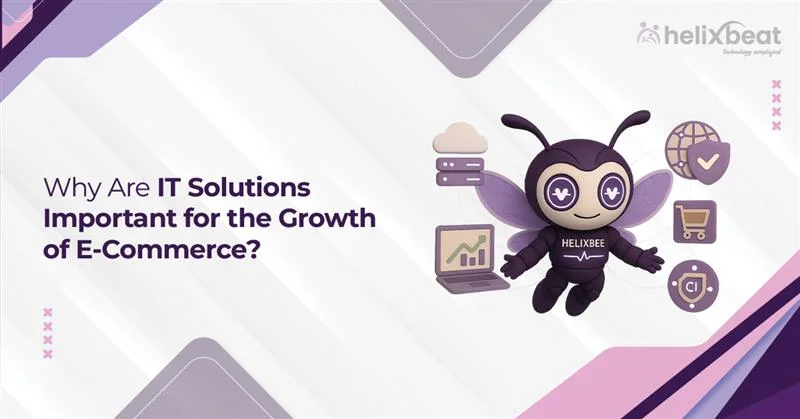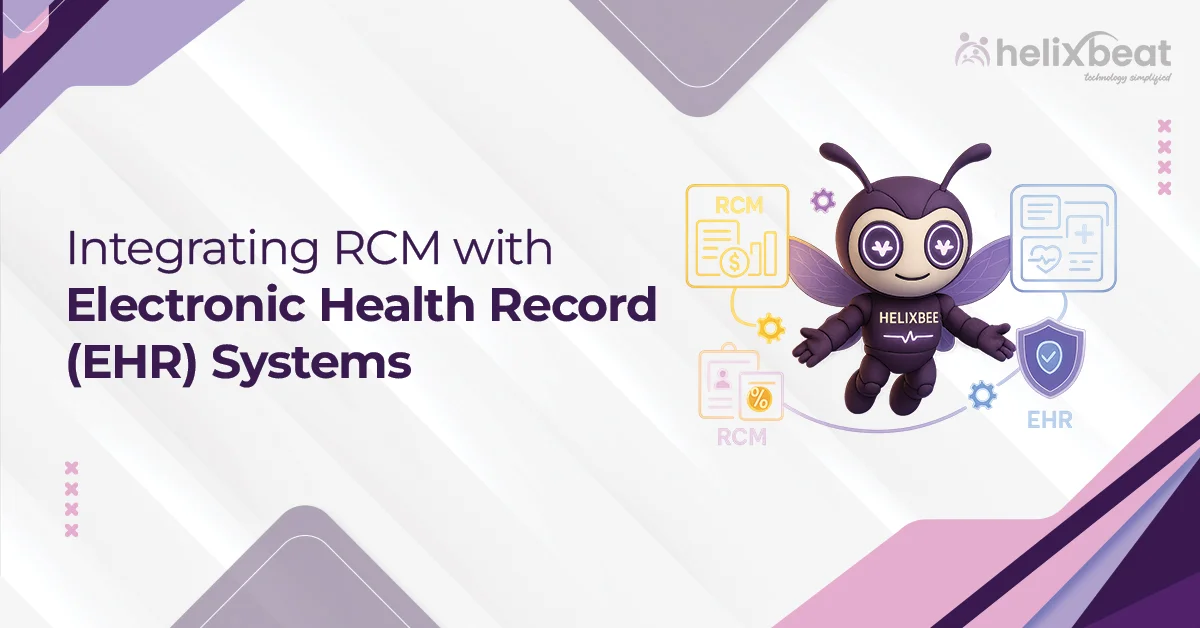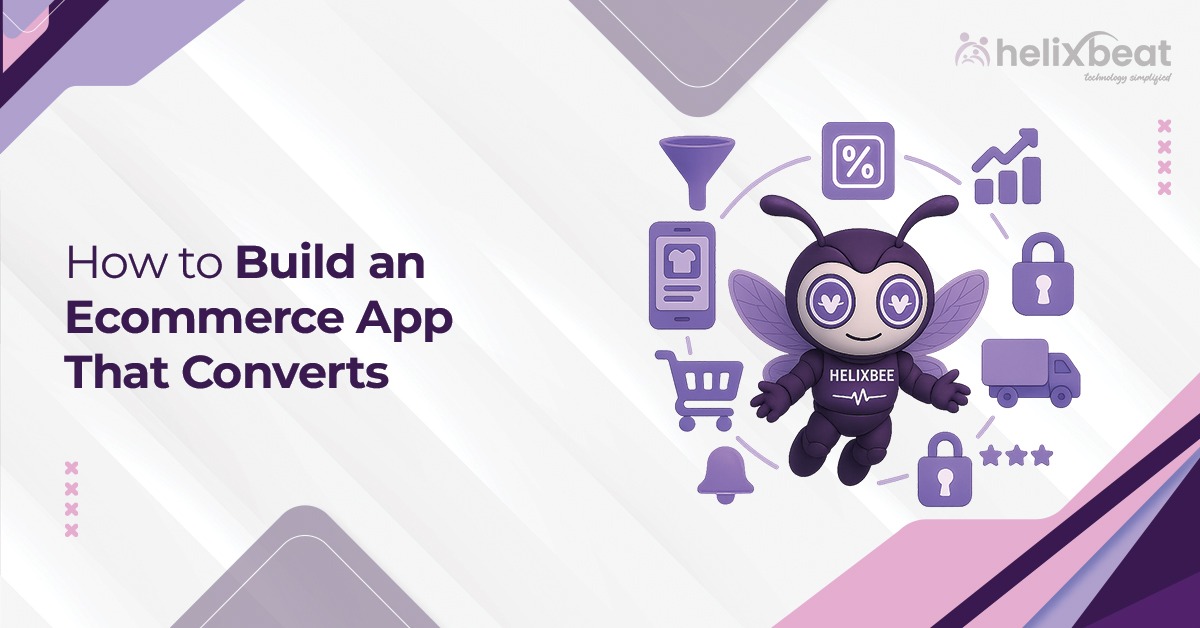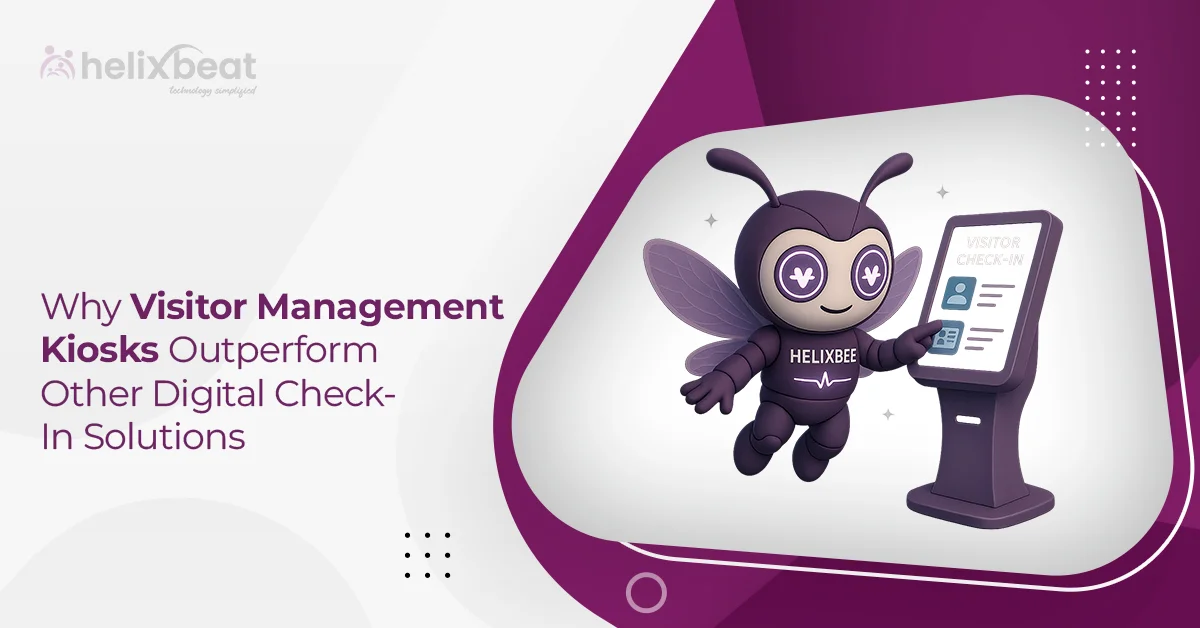Over 70% of businesses admit they lack clear visibility into visitor activity across their premises. This blind spot not only impacts security but also weakens compliance and overall workplace efficiency. Relying on manual registers or outdated systems leaves organizations vulnerable and limits their ability to act on valuable data.
Modern visitor tracking software changes the game. Instead of just logging names and entry times, it captures detailed insights, highlights patterns, and turns raw visitor data into actionable strategies. From predicting peak visitor hours to identifying recurring guests and ensuring safety protocols, analytics unlock smarter decision-making.
As organizations in every sector—corporates, healthcare, education, and government—move toward digital-first solutions, adopting the best visitor management system is no longer a luxury. It’s a necessity.
In this blog, we’ll uncover how data-driven visitor management empowers smarter, safer, and more efficient workplaces.
Table of Contents
Why Visitor Data Matters More Than Ever
Organizations across industries—corporate offices, healthcare facilities, manufacturing plants, and educational institutions—deal with hundreds or even thousands of visitors every month. Manually capturing these details with logbooks is outdated, unreliable, and often insecure.
Modern visitor tracking software like VISTA not only automates guest check-ins but also collects detailed information such as:
- Visitor identity and purpose of visit
- Peak visiting hours and high-traffic days
- Employee-visitor interactions
- Repeat visits and average visit duration
When analyzed properly, this data helps decision-makers improve efficiency, optimize resource allocation, and even predict future visitor trends.
The Role of Visitor Tracking Software in Analytics
A Visitor tracking software is more than just a digital replacement for paper logbooks. It serves as a powerful tool for organizations to record, monitor, and analyze visitor data. By integrating visitor check in software like VISTA, businesses gain visibility into real-time activity across entry points.
Some benefits of using a Visitor tracking software for analytics include:
- Real-Time Dashboards – Immediate visibility into who is onsite at any given time.
- Data Accuracy – Elimination of human errors common in manual entries.
- Custom Reports – Generate insights based on visitor categories, departments visited, or time of day.
- Compliance and Audits – Maintain accurate digital records for regulatory purposes.
These features ensure that businesses can extract meaningful patterns from visitor data instead of treating it as administrative overhead.
From Raw Data to Actionable Insights
Simply collecting visitor data isn’t enough. The real power lies in analyzing it strategically with the help of visitor tracking software. By transforming raw numbers into patterns and trends, organizations can make smarter, faster, and more confident decisions.
Here are twelve impactful ways analytics supports decision-making:
1. Optimizing Staffing and Resource Allocation
Visitor flow data identifies peak hours and quieter times. By adjusting staffing schedules at reception desks, security posts, or customer service counters, businesses can minimize bottlenecks and reduce visitor wait times. This ensures both efficiency and a positive first impression.
2. Improving Security Protocols
Analytics highlights unusual activity, frequent visits from flagged individuals, or unauthorized access attempts. When integrated with access control systems, visitor tracking software makes it easier to detect anomalies in real time—helping security teams respond faster and prevent risks.
3. Enhancing Guest Experience
With visitor check in software, organizations can track guest preferences and repeat visits. By pre-registering frequent visitors, sending personalized greetings, and reducing check-in friction, businesses create a smoother and more welcoming experience.
4. Cost Efficiency
Patterns in visitor movement may reveal underutilized entrances, redundant staffing, or inefficient resource allocation. This insight allows organizations to cut costs without compromising safety or service quality.
5. Compliance-Ready Records
Industries like finance, IT, or healthcare face strict compliance requirements. Visitor tracking software generates accurate, time-stamped logs that are audit-ready and easy to retrieve—eliminating the risk of human error often associated with manual records.
6. Predicting Future Trends
Historical visitor data enables organizations to forecast demand, seasonal surges, or long-term growth in visitor traffic. This predictive analytics capability supports strategic decisions, such as expanding facilities, upgrading infrastructure, or investing in more robust security.
7. Reducing Administrative Burden
Automation reduces the need for manual visitor logging, badge creation, and paper-based record keeping. Administrative staff can focus on higher-value tasks while the best visitor management system handles repetitive processes seamlessly.
8. Supporting Emergency Response Planning
During emergencies, knowing exactly who is on-site is critical. Visitor analytics provides real-time occupancy data, ensuring faster evacuations, headcounts, and emergency communication—potentially saving lives and reducing liability.
9. Improving Workplace Utilization
Data from visitor management systems USA and globally is often used to understand how often certain meeting rooms, lobbies, or facilities are being used. These insights help facility managers repurpose underutilized spaces or expand heavily used areas.
10. Strengthening Vendor & Contractor Management
Not all visitors are clients—many are vendors, contractors, or delivery personnel. By categorizing visitors and analyzing their frequency, organizations can streamline approvals, enforce stricter access levels, and reduce risks tied to third-party vendors.
11. Aligning Business Strategy with Customer Insights
Visitor demographics, visit frequency, and interaction data can provide valuable business intelligence. For instance, a retail chain can identify high-traffic hours and align marketing campaigns or promotions accordingly.
12. Benchmarking Performance Across Locations
For multi-site organizations, visitor analytics allows comparisons across offices, branches, or retail stores. Leaders can benchmark performance, standardize processes, and identify which locations are thriving—or struggling—based on real visitor engagement.
Why Analytics-Driven VMS Is Becoming Essential in the USA
In the United States, organizations face increasing regulatory requirements around workplace safety, data privacy, and compliance. As a result, demand for advanced visitor management system USA solutions is growing rapidly.
Companies adopting the best visitor management system not only meet compliance requirements but also leverage data analytics to:
- Ensure OSHA and HIPAA compliance in healthcare and corporate settings.
- Monitor visitor flow in high-security environments like government facilities.
- Integrate with HR and IT systems for a seamless workplace experience.
With flexible deployment models—cloud-based, on-premise, or hybrid—the best visitor management system USA offers scalability to meet the needs of both small businesses and enterprise-level organizations.
How Visitor Tracking Software Powers Smarter Decisions
To better understand the value of analytics, let’s break down how visitor tracking software works in practice:
- Data Capture – Every check-in captures key visitor details through kiosks, QR codes, or mobile apps.
- Integration – The system integrates with identity verification tools (like Aadhaar in India or driver’s license scanners in the USA).
- Storage & Security – Visitor data is stored securely with encryption and access controls.
- Analytics Dashboard – Decision-makers access data via real-time dashboards and custom reporting tools.
- Action – Insights guide improvements in security, efficiency, and visitor experience.
This structured approach transforms raw visitor records into actionable intelligence for smarter, data-driven strategies.
Case Example: Leveraging Data in a Corporate Office
Imagine a large corporate office with 1,000+ monthly visitors. Before adopting visitor check in software, visitors queued at reception, and security teams relied on manual logs. Post-implementation of visitor tracking software, the company gained:
- Clear peak-hour data, allowing them to deploy additional staff between 9–11 AM.
- Frequent visitor insights, enabling faster pre-approved entry for contractors and partners.
- Compliance-ready digital logs, making audits seamless.
- Improved guest experience, as check-in time dropped from 3 minutes to under 30 seconds.
The result? Higher employee productivity, stronger security, and better visitor satisfaction.
Choosing the Best Visitor Tracking Software for Analytics
Not all Visitor tracking software is built equally. To leverage visitor data analytics effectively, organizations should look for features that go beyond simple digital check-ins.
Key factors when selecting the best visitor management system include:
- Advanced Analytics Tools – Look for customizable dashboards, trend reports, and AI-driven predictions.
- Integration Capabilities – Ensure compatibility with HR, CRM, and access control systems.
- Cloud vs. On-Premise Flexibility – Choose deployment based on business size and compliance needs.
- Data Security Compliance – The system must comply with GDPR, CCPA, and local data privacy laws.
- Scalability – Ensure it grows with your business, whether you operate a single office or multiple sites.
By focusing on these elements, organizations can truly unlock the power of visitor data analytics.
Future of Visitor Tracking: AI and Predictive Insights
The next frontier in visitor tracking software is predictive analytics powered by artificial intelligence (AI). Instead of only analyzing past visitor trends, AI models can predict future patterns such as:
- Anticipated busy days based on historical data.
- Visitor behavior forecasting (e.g., which departments receive the most traffic).
- Security anomaly detection before risks escalate.
This evolution will make visitor management system USA solutions even more critical for data-driven organizations.
Conclusion
Every data point matters. Visitor data—often underestimated—holds the potential to transform operations, strengthen security, and elevate guest experiences. By adopting advanced visitor tracking software, organizations can harness these insights for smarter, faster, and more accurate decision-making.
Whether you’re a corporate office, hospital, school, or government agency, the right Visitor Management System combined with robust visitor check in software ensures that visitor interactions go beyond simple record-keeping. Instead, they become a strategic asset.
As businesses in the USA and globally seek smarter, data-driven operations, investing in the best visitor management system is no longer optional—it’s essential. VISTA offers a powerful, analytics-driven solution to help organizations unlock the true value of visitor data.
FAQs
1. What is visitor tracking software, and why is it important?
Visitor tracking software records and analyzes visitor data, helping organizations improve security, compliance, efficiency, and the overall visitor experience.
2. How does visitor tracking software enhance security?
It provides real-time visibility into who is on-site, flags unauthorized access attempts, integrates with access control, and detects unusual visitor behavior.
3. Can visitor management systems help with compliance audits?
Yes. Digital visitor management systems generate accurate, time-stamped logs that can be instantly retrieved to meet audit and regulatory requirements.
4. What are the key benefits of using visitor check in software?
It streamlines the check-in process, reduces wait times, supports pre-registration, and delivers a seamless experience for both visitors and staff.
5. Why is the best visitor management system critical for businesses in the USA?
Because of strict regulations like OSHA, HIPAA, and CCPA, U.S. businesses need robust VMS solutions to ensure compliance, safety, and data privacy.
6. How can visitor analytics help optimize workplace operations?
Analytics reveal peak visitor hours, space utilization, repeat visits, and trends—helping businesses optimize staffing, resource allocation, and facility planning.




